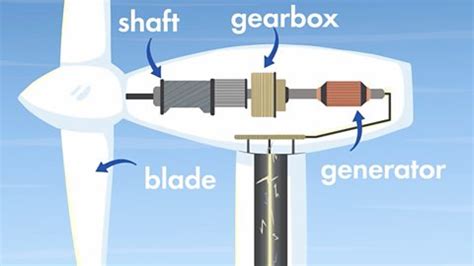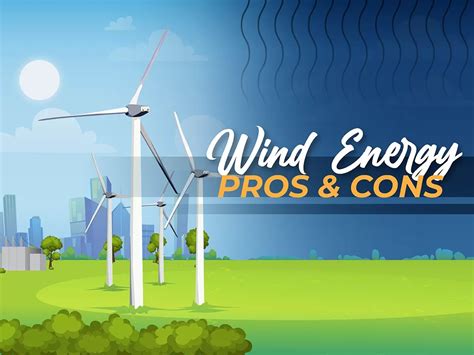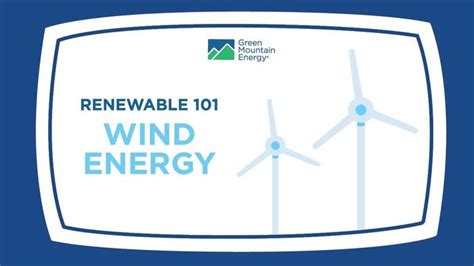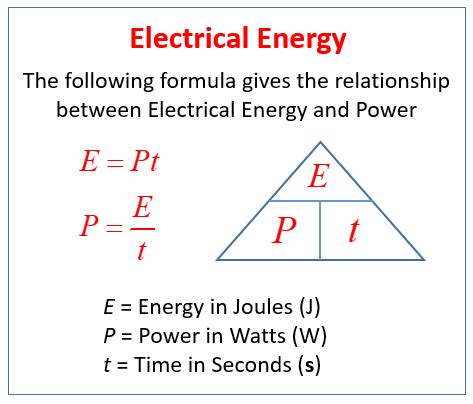Wind power, a renewable energy source, has been harnessed for centuries, from traditional windmills to modern wind turbines. The fundamental principle behind wind power is the conversion of kinetic energy from the wind into electrical energy. This process involves several key components and steps, which will be explored in detail. Understanding how wind power works is essential for appreciating its potential as a sustainable energy solution.
The basics of wind power generation start with the wind itself. As wind flows over the blades of a turbine, it causes the blades to rotate. This rotation is connected to a shaft, which spins a generator to produce electricity. The simplicity of this concept belies the complexity of the technology and engineering that go into designing and building efficient wind turbines. From the materials used in blade construction to the sophisticated control systems that optimize energy output, wind power technology has evolved significantly over the years.
Key Points
- The conversion of wind kinetic energy into electrical energy is the core principle of wind power.
- Wind turbines are designed to capture wind energy efficiently, using blades that rotate when wind flows over them.
- The rotation of the blades is connected to a generator, which produces electricity through electromagnetic induction.
- Control systems play a crucial role in optimizing the performance of wind turbines, adjusting factors like blade angle to maximize energy production.
- Wind power, as a renewable energy source, offers significant environmental benefits, including reduced greenhouse gas emissions and dependency on fossil fuels.
Wind Turbine Design and Functionality

Modern wind turbines are designed to be highly efficient, with large rotor diameters and sophisticated control systems. The blades of a wind turbine are typically designed to be long and slender, allowing them to capture as much wind energy as possible. The materials used for blade construction are chosen for their strength, durability, and light weight, with carbon fiber being a popular choice due to its high strength-to-weight ratio. The turbine’s rotor is connected to a main shaft, which in turn is connected to a gearbox. The gearbox increases the speed of the rotation, which is then transferred to the generator.
Generator and Electricity Production
The generator in a wind turbine is where the actual conversion of mechanical energy into electrical energy takes place. This occurs through electromagnetic induction, where the rotation of a magnetic field induces an electrical current in the generator’s coils. The generator produces a variable voltage and frequency, which must then be converted to match the requirements of the electrical grid. This is achieved through a power converter, ensuring that the electricity produced is compatible with the grid’s specifications.
| Component | Function |
|---|---|
| Blades | Capture wind energy, causing the turbine to rotate |
| Main Shaft | Transfers rotational energy from the blades to the gearbox |
| Gearbox | Increases the speed of the rotation to optimize generator efficiency |
| Generator | Converts mechanical energy into electrical energy through electromagnetic induction |
| Power Converter | Converts the variable output of the generator to match grid specifications |

Integration into the Electrical Grid

Once the electricity is generated and converted to match the grid’s specifications, it is fed into the electrical grid. The integration of wind power into the grid involves several challenges, including ensuring a stable supply of electricity despite the variability of wind speeds. To address this, grid operators use sophisticated forecasting tools to predict wind speeds and thus the output of wind farms. Additionally, energy storage solutions are being developed to store excess energy produced during periods of high wind, which can then be released during periods of low wind or high demand.
Environmental and Economic Benefits
Wind power offers numerous environmental benefits, primarily through the reduction of greenhouse gas emissions and other pollutants that are associated with fossil fuel combustion. By decreasing our reliance on fossil fuels, wind power can help mitigate climate change. Economically, wind power can create jobs and stimulate local economies, particularly in rural areas where wind farms are often located. Furthermore, as the technology continues to evolve, the cost of wind energy is decreasing, making it more competitive with traditional energy sources.
In conclusion, wind power works through the conversion of wind kinetic energy into electrical energy, utilizing wind turbines with sophisticated designs and control systems. The integration of wind power into the electrical grid, despite its challenges, offers significant environmental and economic benefits. As technology continues to advance and the world seeks to reduce its carbon footprint, the role of wind power in the global energy mix is likely to expand.
How does the efficiency of wind turbines affect the overall production of electricity?
+The efficiency of wind turbines directly impacts the amount of electricity produced. More efficient turbines can capture more energy from the wind, leading to higher electricity output. Factors such as blade design, materials, and control systems contribute to a turbine’s efficiency.
What role does wind power play in reducing greenhouse gas emissions?
+Wind power significantly contributes to reducing greenhouse gas emissions by providing a clean, renewable source of energy. By generating electricity from wind, we decrease our dependence on fossil fuels, thereby reducing the emissions associated with their combustion.
How does the variability of wind affect the stability of the electrical grid?
+The variability of wind can pose challenges to grid stability, as it affects the predictability of wind power output. However, advancements in forecasting and the integration of energy storage solutions are helping to mitigate these effects, ensuring a more stable and reliable energy supply.



